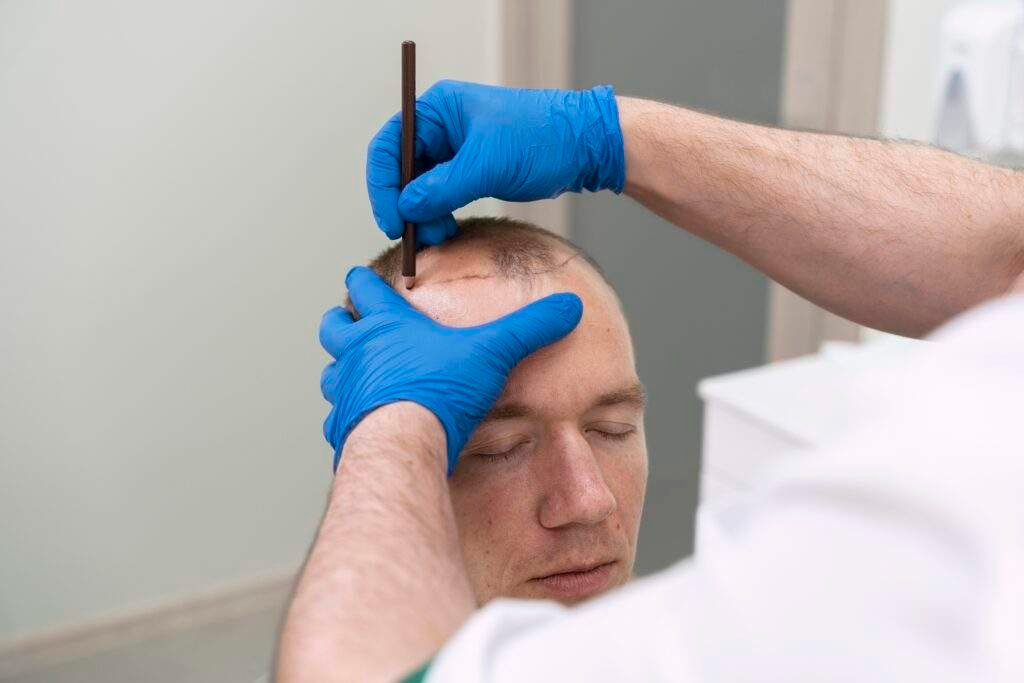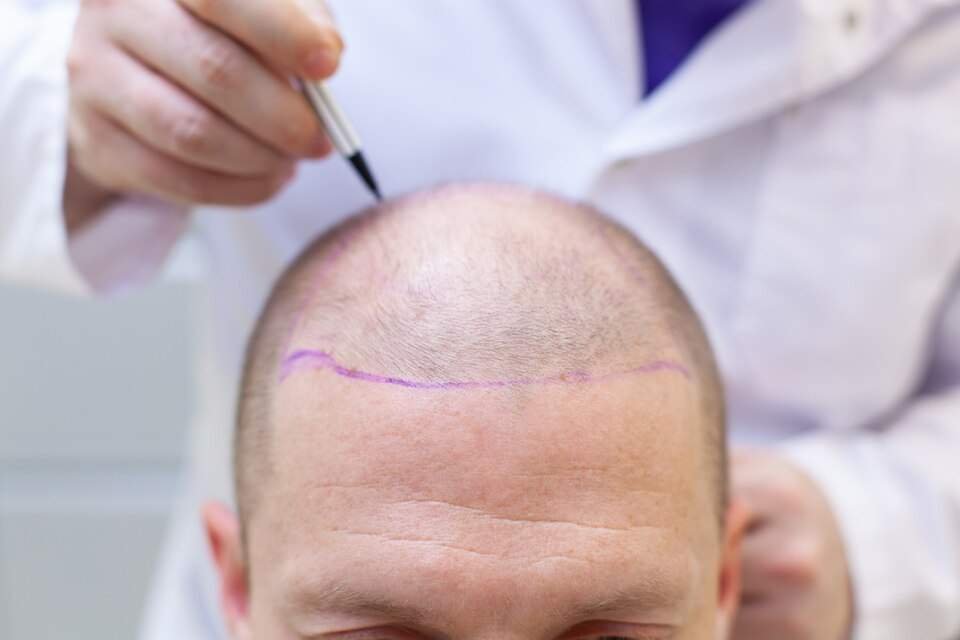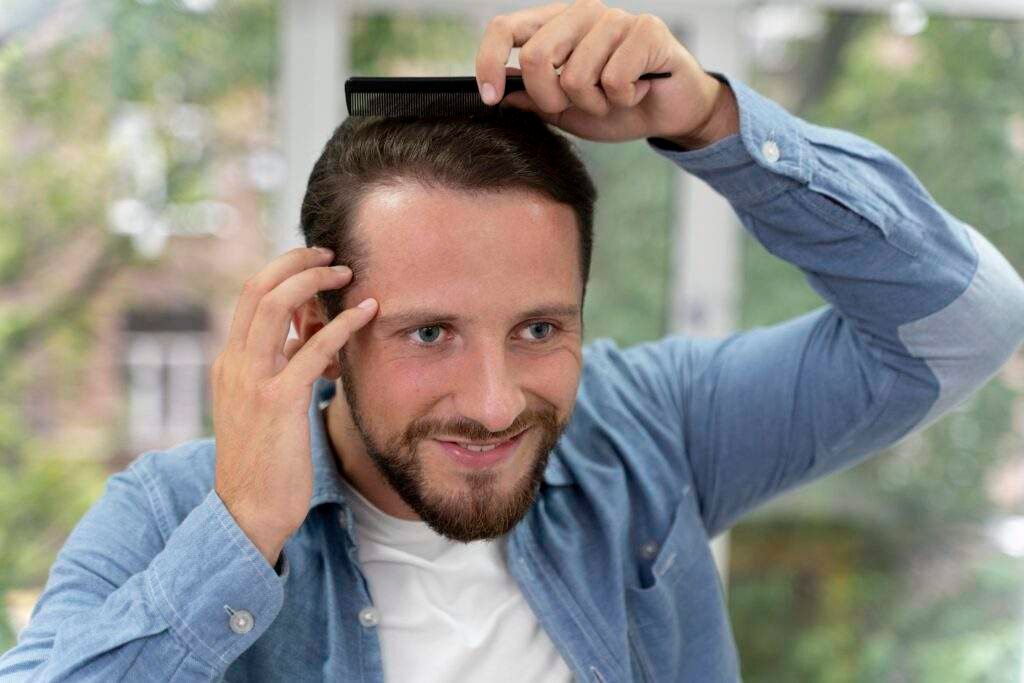Hair transplant is a life-changing procedure that will change your overall looks and boost your confidence. However, it’s good to keep in mind that the final results of the procedure are not fully apparent for a few months. During the initial 12 weeks, your hair restoration journey is paramount. Here’s what you need to know to navigate this exhilarating but treacherous time.

Immediately after the procedure:
- Listen to Your Surgeon: The first few days are critical to proper post-op healing. Adhere to your surgeon’s instructions in the letter regarding medication, cleaning of the transplanted area and what to do and not do in the days following surgery.
- Limit Stressful Activity: Refrain from using the body too much, as excessive heavy lifting can put pressure on the healing scalp.
- Gentle Healing: Following the directions on the dot will stop you from making vomit an infection or irritation due to washing your scalp.
Expect a Little shedding for a Short Time:
- Normal Shedding: You will have shedding of the transplanted hairs in two to three weeks. That is normal and part of the hair growth cycle.
- No Panic: The shedding phase is only temporary, and your transplanted hair follicles will enter into a resting period before they enter a growth stage.

If you strictly follow these instructions and do not compromise on the time needed you will be on the right track for a successful hair transplant and you will be greatly pleased with the results of the grafts of hair a few months after.
How to care for the hair after the transplant?
Gentle Hair Care Routine
- Take it easy on your transplanted area, specifically for the first few months.
- Wash as directed by your surgeon and keep clean.
- You will break new hairs if you rub and scratch your scalp.
- Opt for milder shampoos (and skip intense treatments).
- No vigorous scalp massage (less stress on the hair follicles)
- Avoid hair styling products and styling with heat tools until your surgeon permits you to do so.
The Greatest Results Also Contain: (SPOILER ALERT, patience)
Note that after transplantation, it can take hairs some time to settle in and start to grow.
- Be patient, seeing visible improvement will take “several months”.
- It doesn’t happen overnight, so trust the process and maintain a positive mindset — in time, your patience will pay off.

Great Growth, Balanced Living
- Avoid vigorous activity early in recovery.
- Do not smoke or drink, as those can interfere with healing.
- Make sure to eat a healthy diet which will aid in the growth of hair
Follow-Up Appointments:
- Your clinic will schedule follow-up appointments in your treatment plan that monitor your growth and ensure that your transplanted hair is growing.
- These appointments are a must to assess the density of your hair, answer questions and recommend any preps.
How attending when needed and being open about any questions/issues helps to take good care of your Hair Transplant Clinic
- Emotional Support: The first few days of a hair restoration procedure can be emotionally stressful.
- It’s perfectly normal to feel anxious or impatient as you await results.
- Ask family, friends or support groups to be a reminder to you to stay positive and think healthy.
- Remember that results will be delayed and focusing on the long-term outcome can help ease your immediate worries.
Conclusion
Three months after a hair transplant, some new hair growth may be visible, but it may still be fine/thin and shedding is normal as the transplanted hairs adapt to their new position. For a better experience visit Monaris, the best hair transplant clinic in Delhi. They have the best consultant who guides you about the helpful tips to follow to promote growth and recovery. One should visit https://monarishair.com site to know more about it.
